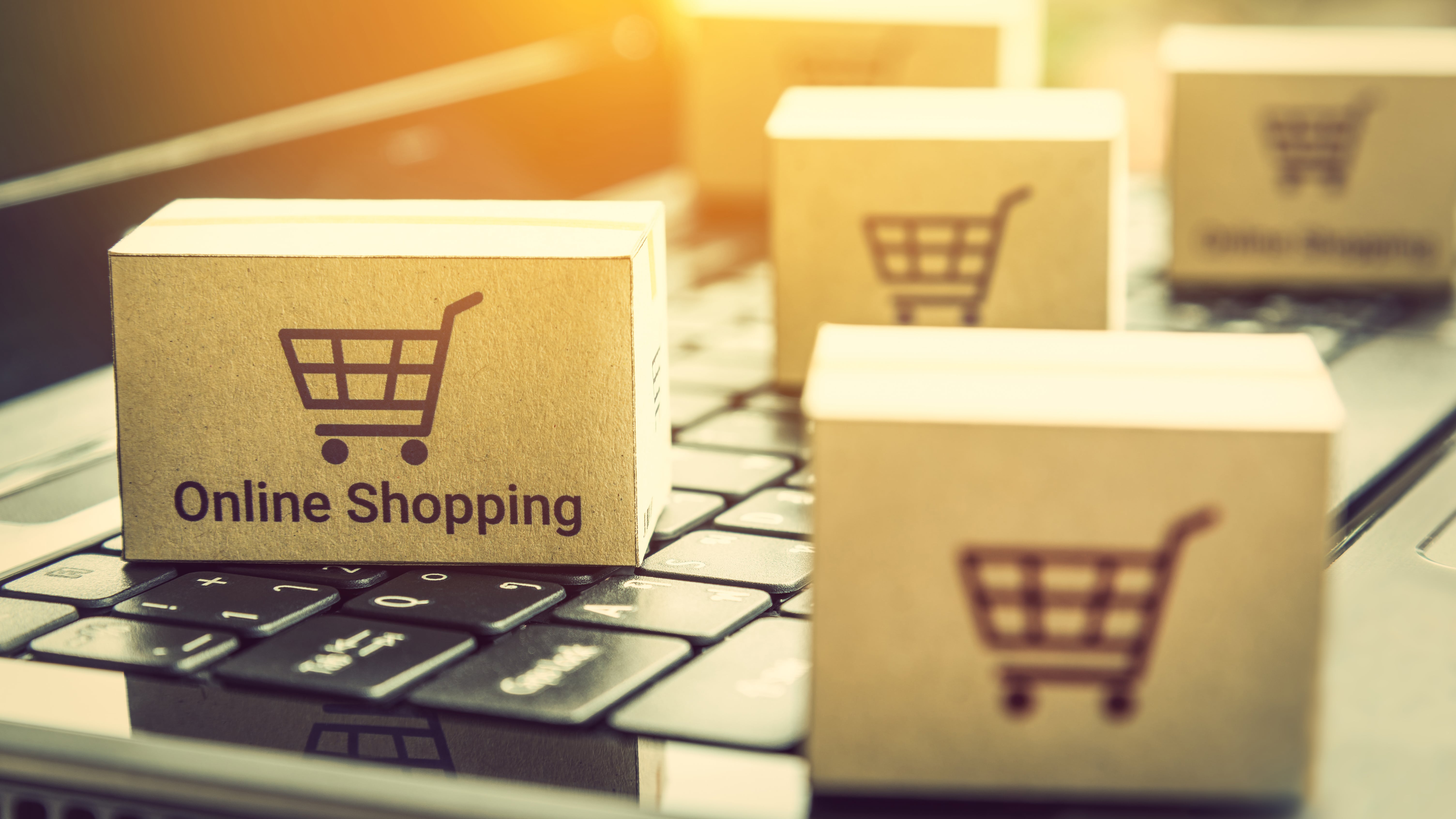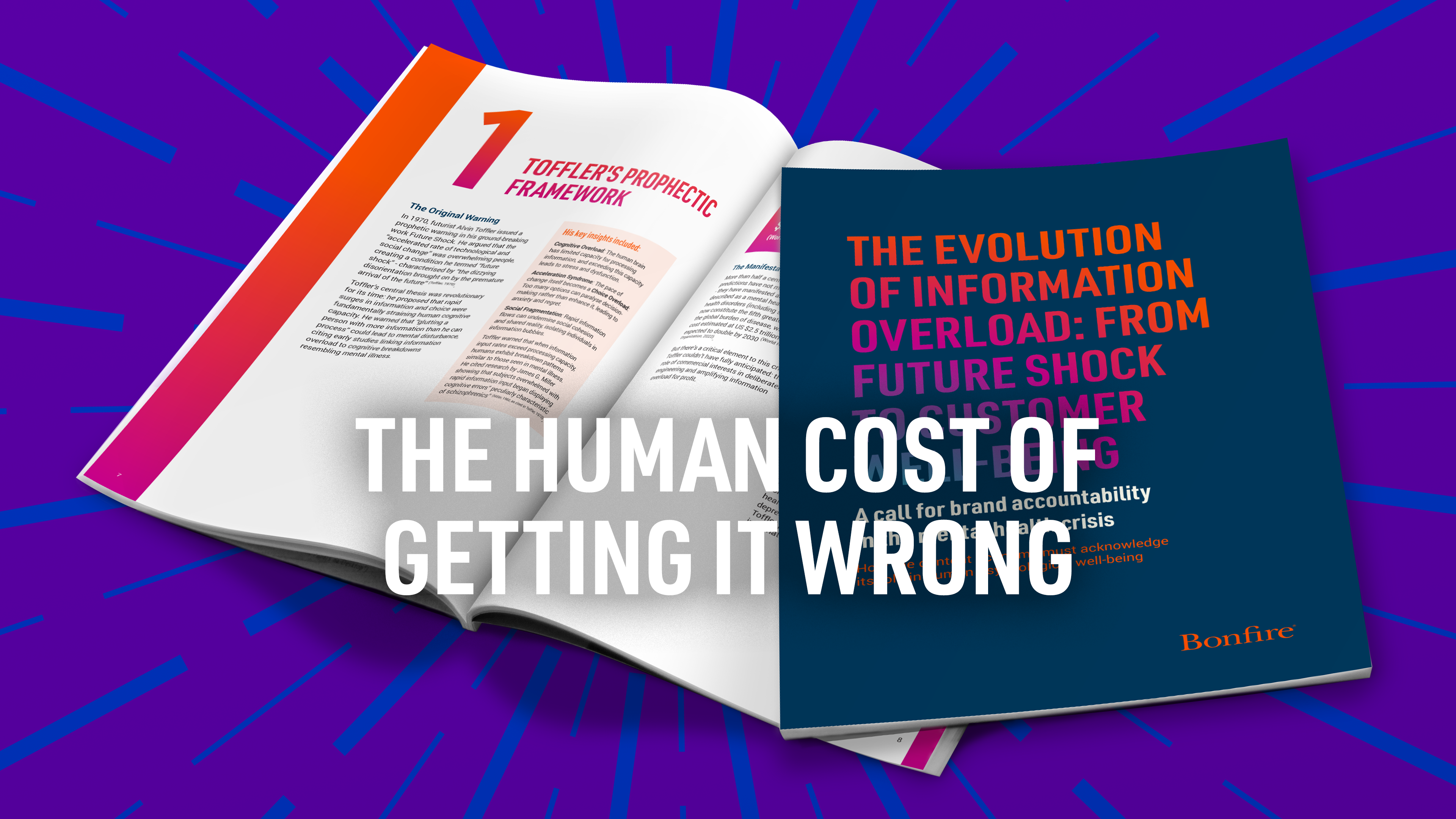What is the Amazon Marketplace?

We have all heard of it but what is the Amazon Marketplace?
The Amazon Marketplace is an e-commerce platform that allows third-party sellers, ranging from small businesses to large enterprises, to list and sell their products directly to consumers. It operates alongside Amazon’s own first-party retail business, creating a massive, combined catalogue of items. For sellers, it provides a “plug-and-play” solution to reach a global customer base without needing to build and manage their own e-commerce website. For customers, it offers a vast selection of products in one trusted and familiar online store.
Market Share and Competitors
Amazon is a dominant force in e-commerce, but its market position and key competitors vary by region.
United States: Amazon holds the largest share of the U.S. e-commerce market at 37.6% as of 2024. Its closest competitors are traditional retail giants that have invested heavily in their online presence. Walmart is the second-largest player with a 6.4% share, followed by Apple at 3.6% and eBay at 3.0%.
United Kingdom: Amazon is the leading marketplace in the UK, attracting over 400 million monthly visitors. Together, Amazon and eBay account for approximately 90% of all online sales in the country. Projections for 2024 indicate Amazon’s total share of the UK’s online market will reach.
19.8%. Its main competitor is eBay, with other notable players including Etsy and Argos.
Europe: On a pan-European scale, Amazon is the most popular marketplace, holding the #1 position in all its major markets, including Germany, France, Italy, and Spain. Its Gross Merchandise Value (GMV) in 2023 was 60% higher than the next ten largest marketplaces combined.
Germany: Amazon’s dominance is most pronounced here, with a massive 46% market share. Its main traditional competitor is Otto.
France: Amazon leads the French market with a 22% share. Competitors include Cdiscount and AliExpress.
Spain & Italy: Amazon is the top marketplace in both countries.
Across Europe, its primary competitor is eBay, with strong regional players like Allegro in Poland and Zalando in the fashion sector also commanding significant market share. Emerging low-cost platforms like Temu are also gaining ground rapidly.
Pros and Cons of Selling on Amazon
Selling on Amazon offers a powerful opportunity but comes with significant trade-offs.
Pros:
Massive Customer Reach: Sellers gain immediate access to Amazon’s vast, built-in audience of over 300 million global users, including 150 million loyal Prime members who are conditioned to shop on the platform.
Borrowed Credibility: Sellers benefit from the immense trust consumers has in the Amazon brand, its secure payment systems, and its customer-centric return policies.
World-Class Logistics (FBA): The fulfilment by Amazon (FBA) service allows sellers to outsource storage, packing, shipping, and customer service. Using FBA makes products eligible for Prime’s fast, free shipping, which is a powerful conversion driver.
Ease of Setup: The platform is relatively easy to use, allowing sellers to list products within hours without needing advanced technical skills or the expense of building their own website.
Cons:
Intense Competition: With 1.9 million sellers worldwide, the marketplace is extremely competitive. Sellers not only compete with each other but also directly with Amazon’s own private-label products, which may be given preferential placement.
High and Complex Fees: Amazon’s fee structure is multifaceted, including monthly subscription fees, referral fees (typically 8-20% of the sale price), FBA fulfilment fees, and storage fees. In total, these costs can consume 25-50% of a product’s revenue.
Lack of Control and Customer Data: Amazon owns the customer relationship. Sellers have limited access to customer data, which hinders their ability to build a direct brand relationship, conduct remarketing, and foster long-term loyalty.
Dependency on Amazon: Sellers are subject to Amazon’s strict and ever-changing policies and algorithms. A sudden account suspension or a shift in the search algorithm can have a severe impact on a business that relies solely on the platform.
How to Get Started Selling on Amazon
For a new seller, the best way to start is with a methodical, data-driven approach.
1. Choose a Selling Plan: Amazon offers two plans. The Individual Plan ($0.99 per item sold) is best for those selling fewer than 40 items per month or just testing the platform. The Professional Plan ($39.99 per month) is for higher-volume sellers and provides access to advanced tools, reporting, and advertising.
2. Create a Seller Account: Register on Amazon’s Seller Central platform, providing your business and financial information.
3. Conduct Thorough Product Research: This is the most critical step. Use product research tools to identify a niche with high customer demand but relatively low competition. A good indicator is a product category where top sellers have a low number of reviews, suggesting the market is not saturated. Analyse existing product reviews to find customer pain points you can solve with an improved product.
4. Source Your Product: Decide how you will acquire your products. Options include manufacturing your own, buying wholesale from a distributor, or retail arbitrage (reselling discounted items).
5. Create and Optimize Your Product Listing: A high-quality listing is essential for visibility.
Keywords: Research and integrate relevant short-tail (broad) and long-tail (specific) keywords into your title, bullet points, and description.
Title: Create a clear, descriptive title that includes the brand, product type, key features, and your most important keyword.
Images: Use high-resolution, professional images (at least 1000×1000 pixels) that showcase the product from multiple angles and in use.
Bullet Points & Description: Use the bullet points to highlight the key benefits of your product. Write a compelling description that tells a story and provides detailed information.
6. Select a fulfilment Method: Choose between fulfilment by Merchant (FBM), where you handle all storage and shipping, or fulfilment by Amazon (FBA). For beginners, FBA is often the best way to start, as it simplifies logistics and grants access to the powerful Prime badge, which can significantly boost initial sales.
Interested in selling on Amazon or need to increase sales?
Contact us to see how we can Uncover, Unlock and Unleash ‘your’ Extraordinary
ARE YOU READY TO UNCOVER YOUR
EXTRAORDINARY?
Let’s unleash your extraordinary today!









